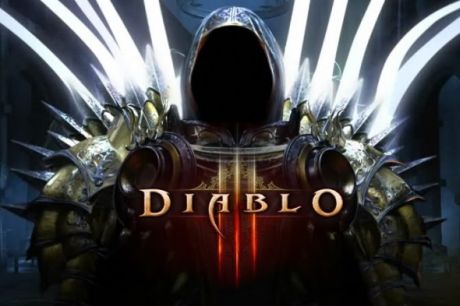In the most ideal time in my life (no commitments, just barkada) to get sucked into the world of computerised role playing games (RPG), the game du jour was Sir-Tech’s Wizardry II which was written in Pascal and ran on an Apple II. At a time when top -of-the-line home computers had 128k of RAM, no internal hard disk and a text-based disk operating system (remember the acronym “DOS”?) and applications loaded from floppy disks each with a capacity to store 512k bytes of data, Wiz II was a marvel of game design.
Wiz II set the bar for computer-hosted RPG gaming in the mid 1980s. It had a multi-level labyrinthine “dungeon” that unfolded corridor by corridor as you explored it, several classes of characters governed by the basic property set still used today in most similar games — experience, wealth, health and (in melee) armour (ability to sustain damage to one’s health) and weaponry and/or magical power (ability to inflict damage on the other’s health). Much of what gamers encountered as they explored the dugeons using their characters sought to divest their characters of wealth and health — a collection computer-generated baddies each with their own properties around ability to sustain and inflict damage. As such the overall goals of exploring this artificial world revolved around acquiring assets to enhance one’s ability to survive this environment — wealth to buy armour and weapons, experience to advance in power and strength, and health-enhancing and replenishing artifacts such as food and medicines.
With those simple premises built upon that small set of parameters, the basic economy and the motivation for activity and interaction among elements within a persistent RPG world is set. It was — and still is — a safe environment where players can let loose their fantasies for war, in-your-face violence, acquisition of wealth, and advancement in prestige without consequences spilling over into real life.
| SUPPORT INDEPENDENT SOCIAL COMMENTARY! Subscribe to our Substack community GRP Insider to receive by email our in-depth free weekly newsletter. Subscribe to our Substack newsletter, GRP Insider! Learn more |
That conceptual platform hasn’t changed much in the last couple or more decades. Only the technology has — much of it applied to enhancing the richness, depth, detail, consistency, and scale of the worlds, the number of elements simultaneously tracked and rendered in real time, player engagement and control in melee, and scope of collaboration among players. The latter described the class of games made mature and accessible by the modern Internet — the massively-multiplayer online game or MMOG.

Enter Diablo III. Retailing at US$73, the game was released on the 15th May 2012, the third in a successful Blizzard Entertainment game franchise, but the first to require constant connection to the Internet to access Blizzard’s Battle.net service which links players online. Even before its launch, Diablo III had already become the most pre-ordered game of all-time on Amazon.com.
While the technology of Diablo III dazzles, its heritage as an RPG game driven by random number generators and regulated by probability distribution curves easily shows to the experienced gamer. According to Joystiq.com it is, like the others, essentially a glitzy slot machine; “You click the mouse, and every time you do there’s a chance you’ll get the loot you want.” Game play in Diablo III cycles thus…
Again and again, the pattern shows up: You see one wandering enemy, or a glimpse of light ahead, or a small glowing object you can interact with on the ground. You click to attack, or move forward, or interact. Suddenly, the enemy has friends, or that light opens up into a room full of bad guys, or that object spawns four huge creatures, who would just love to crush you.
You hammer away with your various weapons and abilities, your health constantly falling and being caught just perfectly by a well-timed potion or a random health globe, and just as you think you’re overwhelmed the tide turns, and enemies start dropping. After you pick off the last of the bad guys, what’s left is a small area scattered with gold and loot of various qualities. You grab them, wander away for a bit, and then notice, just offscreen, another pool of light, or a wandering enemy, and the whole process begins again.
Who would’ve thought Pavlov’s salivating dog would so aptly profile the mass market of the biggest industry spawned by the digital age.
Error 37
Wait, I think there is a small thing wrong in the article. In order to connect to Battle.net, you really needed an internet connection.
However, the thing they did into this game is just to run it to play it, you need an internet connection, similar to what they did with Starcraft 2.
I like the game because it allows me to reminisce when times were simpler. An attachment to my childhood. Not these wand like gaming controls/motion gaming. Hehe! It just has that nostalgia effect for me and I like the story. =)
This also means that you can’t share your copy to someone else if you don’t want to play anymore as your cd-key is locked into your account/username.
Oh and that in the US it retails for 60usd, especially if you directly buy from Blizzard Entertainment or through battle.net =)
http://www.escapistmagazine.com/videos/view/jimquisition/5743-You-Should-Be-Mad-at-Diablo-IIIs-Always-Online-DRM